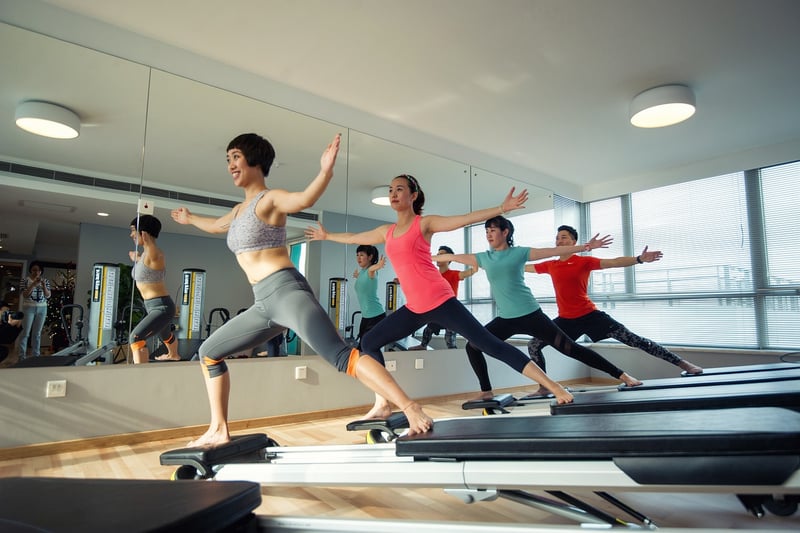Pilates for Flexibility
Improving Flexibility with Gentle Movements and Pilates

Flexibility is a key component of overall fitness that often gets overlooked. It is essential for maintaining a healthy range of motion in your joints, preventing injuries, and improving posture. Incorporating gentle movements and Pilates into your routine can help enhance flexibility while also promoting relaxation and mindfulness.
Benefits of Flexibility Training
- Improved joint health
- Enhanced athletic performance
- Reduced risk of injuries
- Better posture and alignment
- Increased relaxation and stress relief
Gentle Movements for Flexibility
Gentle movements such as yoga and tai chi are excellent ways to improve flexibility. These practices focus on controlled movements, breath work, and stretching to increase flexibility gradually. They are suitable for all fitness levels and can be tailored to individual needs.

Pilates for Flexibility
Pilates is another effective form of exercise that emphasizes core strength, stability, and flexibility. Pilates movements target specific muscle groups while also promoting overall body awareness and alignment. Regular Pilates practice can lead to increased flexibility and improved posture.

Tips for Enhancing Flexibility
- Warm up before stretching to prevent injuries
- Hold stretches for at least 30 seconds to allow muscles to relax
- Practice deep breathing to enhance relaxation and flexibility
- Stay consistent with your flexibility training to see progress
- Listen to your body and avoid pushing yourself too far
By incorporating gentle movements and Pilates into your fitness routine, you can improve flexibility, reduce the risk of injuries, and enhance your overall well-being. Remember to listen to your body, stay consistent, and enjoy the process of becoming more flexible and mobile.
